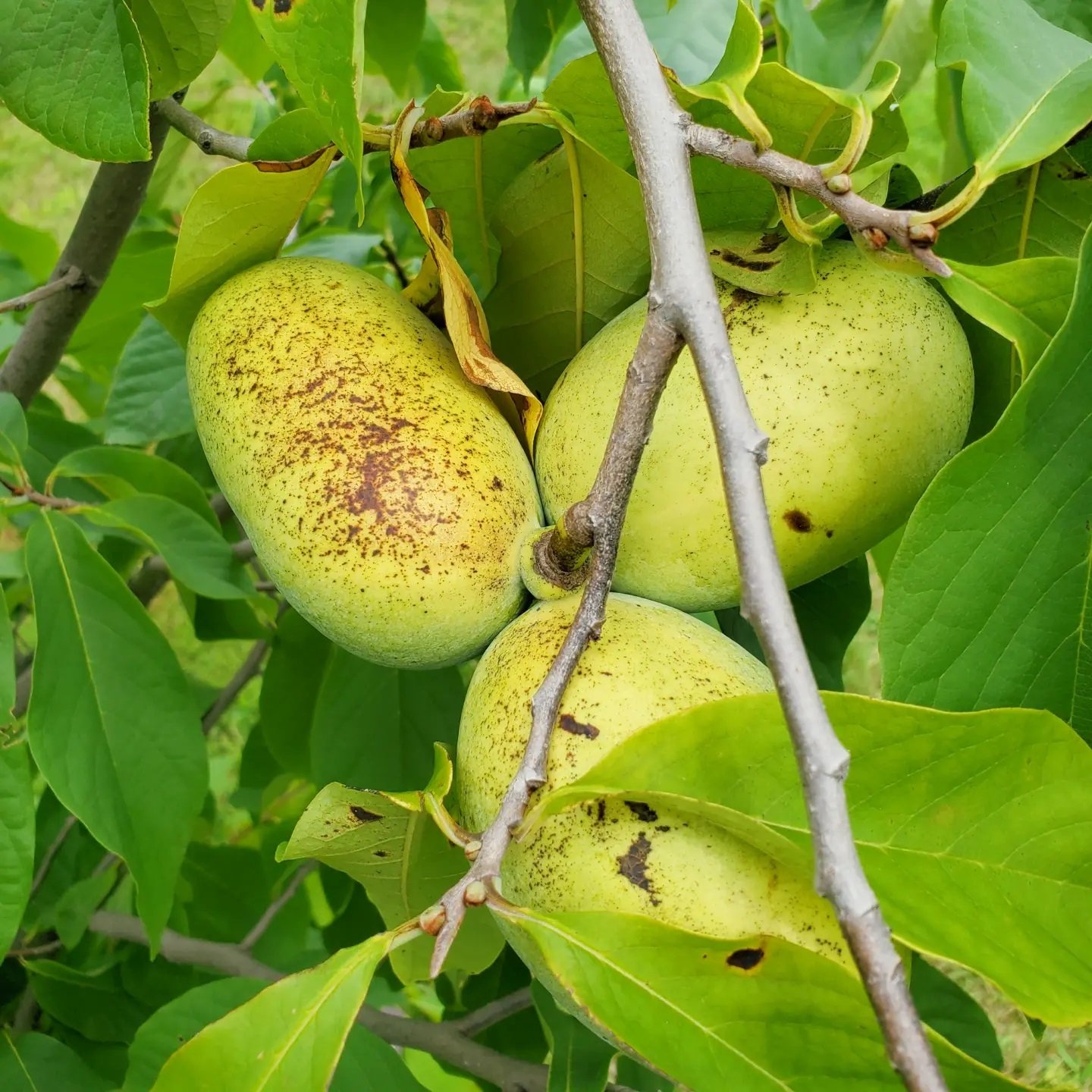Best Foods to Forage in Appalachia and When to Look
The Appalachian region, with its rolling hills, dense forests, and rich biodiversity, is a forager’s paradise. From wild berries to earthy mushrooms, this rugged landscape offers a bounty of edible treasures—if you know where and when to look. Whether you’re a seasoned forager or just starting out, here’s a guide to some of the best foods to forage in Appalachia and the ideal times to find them.
When to Look: Early Spring (March to May)
Ramps, also known as wild leeks, are a hallmark of Appalachian foraging. These pungent, garlicky greens sprout up in rich, moist forest soils, often near streams or under hardwood trees like maples and oaks. Their broad, lustrous leaves and purplish stems make them easy to spot in the early spring before the forest canopy fully fills in.
Tips: Harvest sustainably by taking only a few leaves or bulbs from each patch—ramps are slow to regenerate. Use them in soups, pestos, or sautéed as a flavorful side dish.
When to Look: Mid-Spring (April to May)
Morels are the holy grail of wild mushrooms, prized for their nutty, earthy flavor and honeycomb-like caps. In Appalachia, they thrive in the wake of spring rains, often popping up near dead elm, ash, or apple trees, or in old burn sites. The season is short, so timing is key—look for them when daytime temps hover between 60-70°F and the ground is damp.
Tips: Always cook morels (raw ones can upset your stomach), and double-check your finds against toxic lookalikes like false morels. Pair them with butter and garlic for a heavenly treat.
When to Look: Summer (July to August)
Nothing screams summer in Appalachia like the sight of blackberry brambles heavy with dark, juicy fruit. These thorny bushes line trails, roadsides, and forest edges, offering a sweet reward for those willing to brave a few scratches. Peak ripeness hits in mid-summer when the berries turn deep black and pull easily from the vine.
Tips: Wear gloves and long sleeves to avoid thorns. Enjoy them fresh, in pies, or as a jam to savor the season year-round.
When to Look: Late Summer to Early Fall (August to October)
The pawpaw, North America’s largest native fruit, is a hidden gem of the Appalachian forest. Often called the “custard apple” for its creamy, tropical flavor, it grows on small understory trees along riverbanks and in shaded woodlands. Look for yellowish-green fruits that soften and give slightly when ripe.
Tips: Shake the tree gently to drop ripe fruit, or pick them just before full ripeness and let them soften at home. Eat them raw or blend into smoothies.
When to Look: Fall (September to November)
American persimmons are a sweet, orange-hued delight that ripen as the leaves begin to fall. Found on small trees in open woods or along field edges, they’re best harvested after the first frost, which mellows their astringency into a honey-like sweetness. Unripe persimmons will pucker your mouth, so patience is key!
Tips: Look for fruits that are soft and slightly wrinkled. Use them in puddings, breads, or simply enjoy them fresh off the tree.
When to Look: Late Summer to Fall (August to October)
This vibrant orange-yellow mushroom is a standout in the forest, often growing in large shelf-like clusters on dead or decaying hardwood trees. Its meaty texture and mild flavor make it a favorite substitute for chicken in recipes. In Appalachia, it’s most abundant after summer rains.
Tips: Harvest young, tender specimens (older ones get tough), and cook thoroughly. Avoid any growing on conifers, as they can cause digestive issues.
Know Your Land: Stick to public lands or get permission for private property. Avoid areas near roads or industrial sites where plants might be contaminated.
Safety First: Use a good field guide or app to identify plants and mushrooms—some lookalikes can be toxic. When in doubt, skip it.
Leave No Trace: Take only what you need and leave plenty for wildlife and future foragers.
Gear Up: Bring a basket or cloth bag, a small knife, and gloves for thorny finds like blackberries.
Why Forage in Appalachia?
Foraging connects you to the land in a way few activities can. It’s a chance to taste the seasons, learn the rhythms of nature, and carry on a tradition as old as the mountains themselves. Plus, there’s nothing quite like the satisfaction of a meal you’ve gathered with your own hands.
So grab your boots, hit the trails, and let Appalachia’s wild pantry surprise you. What’s your favorite foraged find? Share your stories with us in the comments below!










